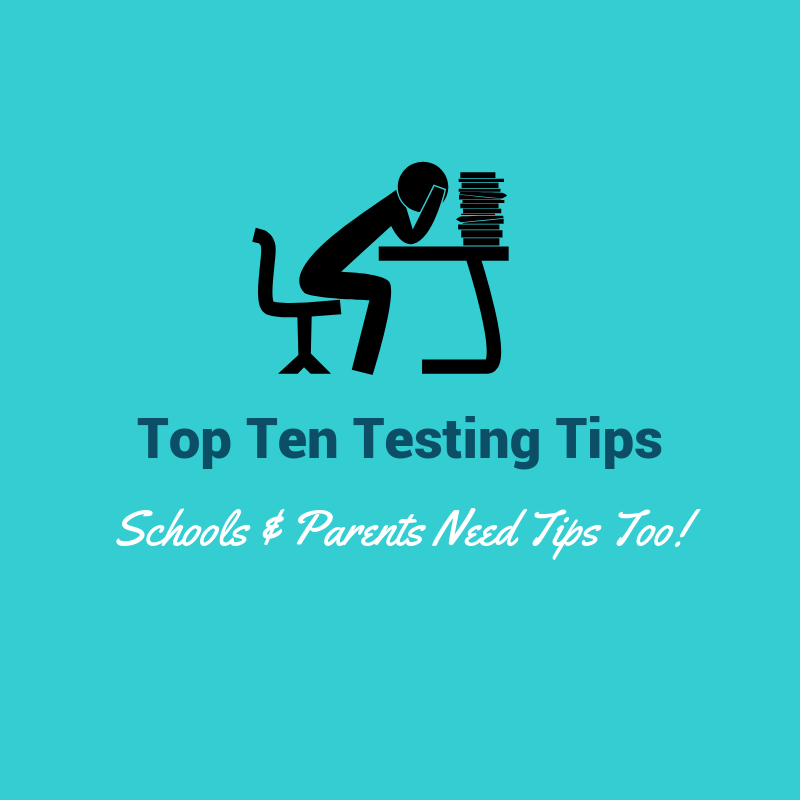Shani , Possip CEO and Founder, and Savannah, Savannah, a current Possip reporter and former educator, share several tips supporting students in a post-mask world!
As mask mandates previously imposed across the United States are now beginning to dwindle, masks in most public spaces are becoming optional. While this of course varies by school district as well as individual school, we are generally seeing fewer masks and more faces!
While maskless school days are much welcomed by many teachers and students alike, others feel more hesitant about moving to a mask-optional environment. Some students have expressed feeling unsafe or uncomfortable without masks. Other teachers and counselors have had students who have expressed feeling a lack of confidence, or more exposed, without their masks. How can school leaders, teachers, and parents come together to help students navigate a post-mask world?
Here are a few ways we can be proactive to support students through this transition.
1. Normalize Choice
Help students who choose to continue wearing masks feel supported and validated. Without calling them out or drawing attention to them, ask if there is anything you can do to make them feel more comfortable and safe at school. Provide an empathetic space for them to voice their concerns if they choose to. Remind students that their safety is your priority. Ultimately, normalize the choice to wear, or not wear, a mask.
2. Build Student Confidence
Adolescence is a crucial time where students are exploring their identities, establishing their own opinions, and learning about themselves. So much of this experience involves socializing, which many students have mostly been doing with masks on. There is inevitably a level of vulnerability required when removing our masks that is true for many adults, let alone students. By intentionally building student confidence and simultaneously respecting student boundaries, we can help ease students back into a maskless world. Here are a few ideas:
-
- Beach Ball Questions: Get a beach ball and write questions on the blank spaces for students to answer. Questions could include, “What is your favorite hobby or activity outside of school?” Or, “What is your favorite snack?” Take your class outside (if possible) and ask everyone to stand in a circle. Encourage students to take turns throwing the beach ball to one another and answering the question they “land” on.
- “Where I’m From” Poem: Help students write “Where I’m From” poems that they can then share with their peers if they volunteer to do so.
- Encourage a Growth Mindset: Validate student feelings first and foremost, but then encourage a growth mindset. Help students rephrase their language to be growth oriented. For example, if a student says, “I don’t know how,” or “I can’t do this.” Validate them by saying, “Hey (student name), I can tell you’re feeling frustrated, which is understandable because this is tough! It may feel like you can’t do this yet, but you’re making lots of progress.” If possible, show them an example of their progress or growth.
3. Center a Trauma-Informed Classroom Culture

We have experienced universal trauma over the last few years as we together have endured a global pandemic. For students, this normalized the need to be adaptive, and the unpredictable became predictable. With this in mind, we can positively support students where they are while acknowledging what they have experienced. Here are a few ways to center a trauma-informed classroom culture:
- Incorporate mindfulness and breathing techniques.
- Add structures and routines students can depend on.
- Lead with empathy and don’t make assumptions.
- Incorporate restorative practices and circles for students to process.
4. Looking Forward
By incorporating even just a few of these practices into your classrooms and schools, students will feel safer to wear, or not wear, masks. It’s important that we sometimes put our personal opinions aside, and realize that students have been listening to a multitude of voices about this very topic for the last two years. Now they have a choice, and it’s important we help them decipher what feels best for them. Use these tools to create a student-centered classroom, school, and community in a post-mask world.
The post Supporting Students in a Post-Mask World appeared first on Possip | Engagement Platform | School Feedback App.
 Requesting further support can often feel vulnerable for teachers. If a teacher at your school requests support, take the time to lean in and listen. Teachers may feel they need support with the following:
Requesting further support can often feel vulnerable for teachers. If a teacher at your school requests support, take the time to lean in and listen. Teachers may feel they need support with the following: diversity of people – and check yourself. Are there certain people or types of people you listen to better than others? While that’s normal, it isn’t the ideal or best outcome. So it is also important to reflect and improve.
diversity of people – and check yourself. Are there certain people or types of people you listen to better than others? While that’s normal, it isn’t the ideal or best outcome. So it is also important to reflect and improve. You’ll notice that while some of these top 7 family engagement tools are technological tools, many of them aren’t.
You’ll notice that while some of these top 7 family engagement tools are technological tools, many of them aren’t.




 While these are an indicator, others can be equally powerful.
While these are an indicator, others can be equally powerful. 

 Compensation
Compensation Student Discipline and Behavior
Student Discipline and Behavior Teacher Workloads
Teacher Workloads School Schedule
School Schedule Teacher Duties and Requirements
Teacher Duties and Requirements Curriculum
Curriculum Communication
Communication Facilities and Cleanliness
Facilities and Cleanliness Professional Development Sessions and Teacher Training
Professional Development Sessions and Teacher Training Staff Shortages and Teacher Vacancies
Staff Shortages and Teacher Vacancies
